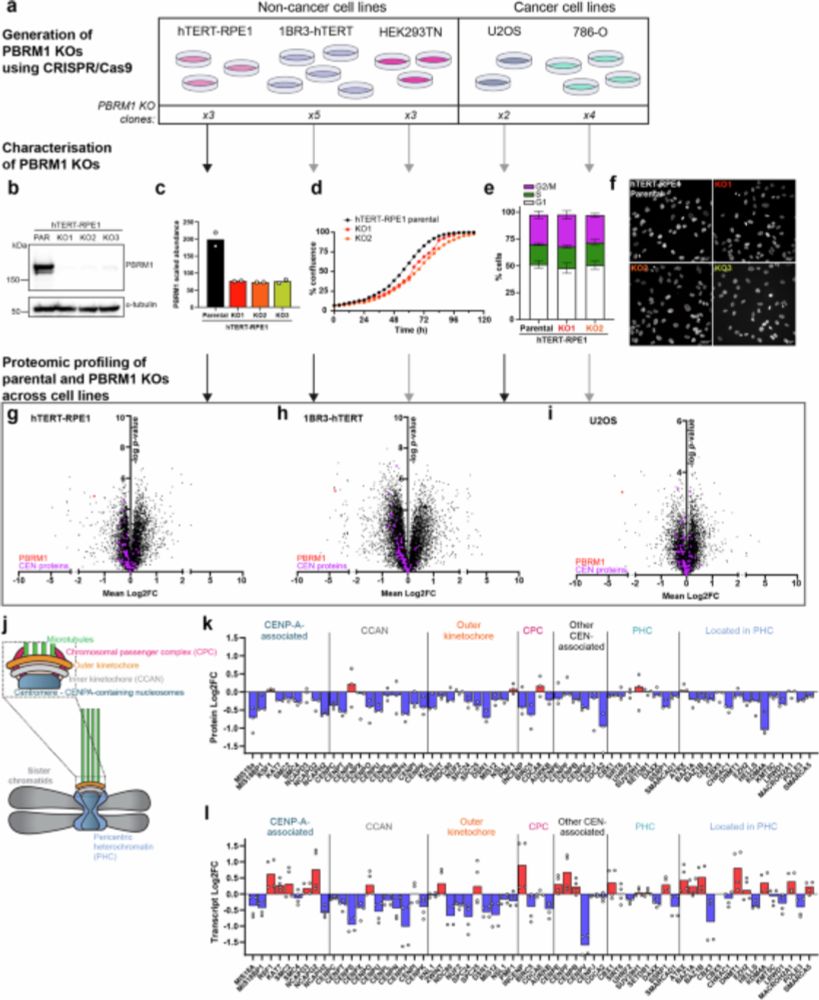

nam04.safelinks.protection.outlook.com?url=https%3A...

nam04.safelinks.protection.outlook.com?url=https%3A...
Two positions in Biochemistry at Vanderbilt University.
www.nature.com/naturecareer...
www.nature.com/naturecareer...
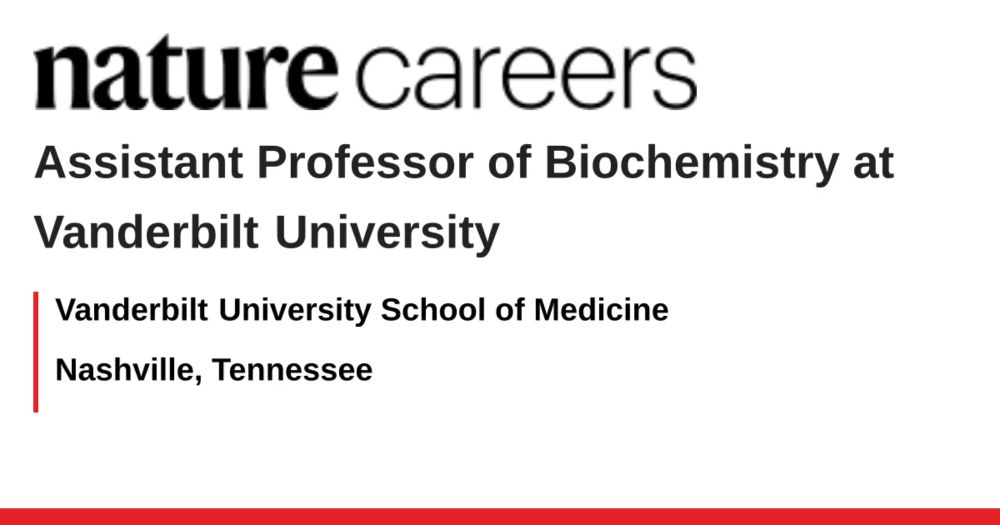
Two positions in Biochemistry at Vanderbilt University.
www.nature.com/naturecareer...
www.nature.com/naturecareer...
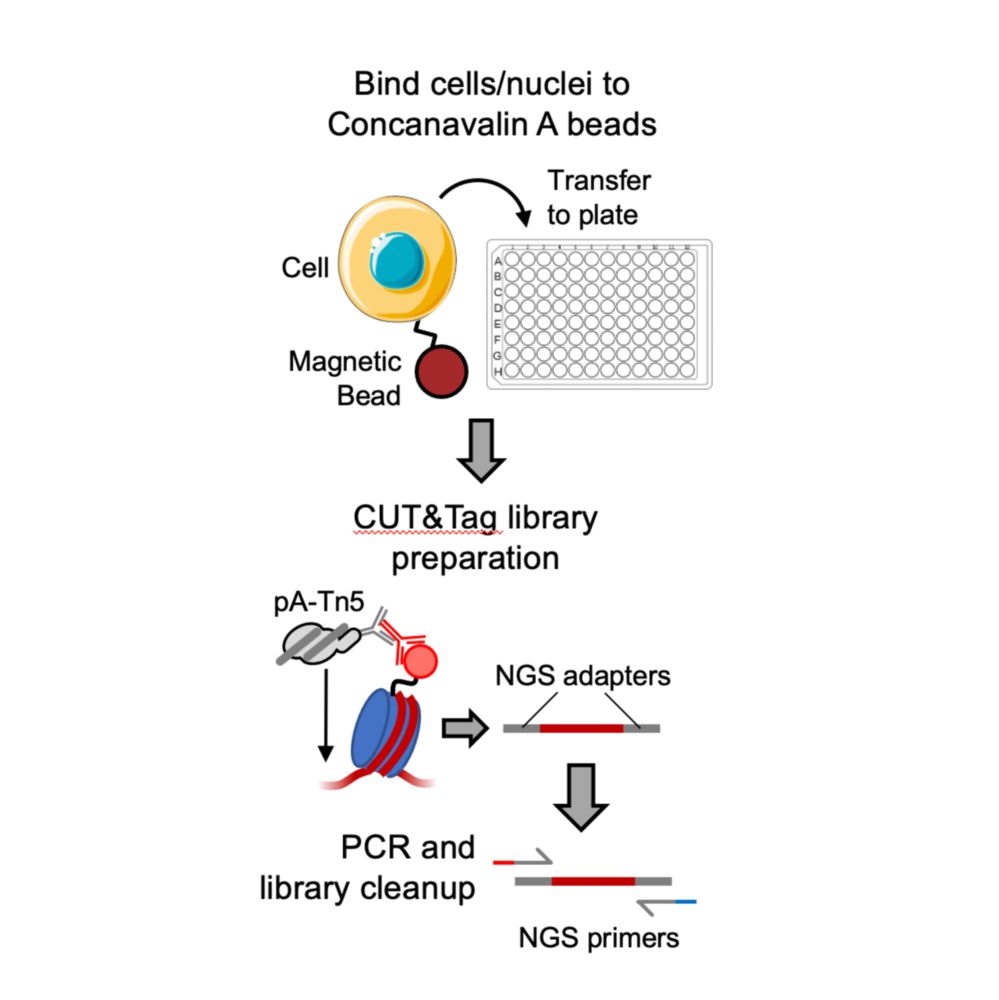
For decades, we’ve known cells dismantle & rebuild the nuclear envelope in sync with spindle poles. But why does this coordination matter? And how do pole material properties ensure error-free division?
Follow this thread to know more 👇

For decades, we’ve known cells dismantle & rebuild the nuclear envelope in sync with spindle poles. But why does this coordination matter? And how do pole material properties ensure error-free division?
Follow this thread to know more 👇


www.biorxiv.org/content/10.1...

www.biorxiv.org/content/10.1...
www.molbiolcell.org/doi/10.1091/...
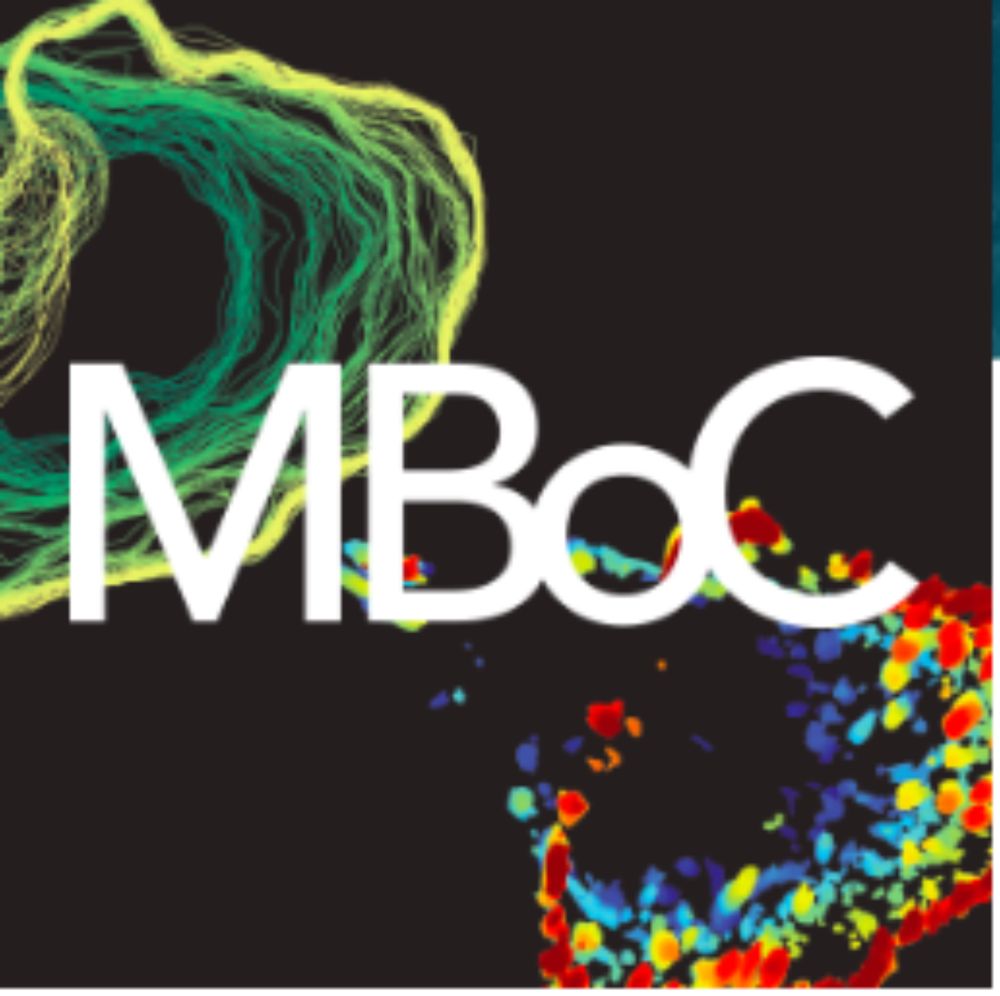
www.molbiolcell.org/doi/10.1091/...

We present VICAR (VIral-induced Centromeric DNA Amplification and Recognition), a new defense system to detect viruses in the nucleus based on nuclear cGAS.
www.cell.com/cell/abstrac...

www.biorxiv.org/content/10.1...
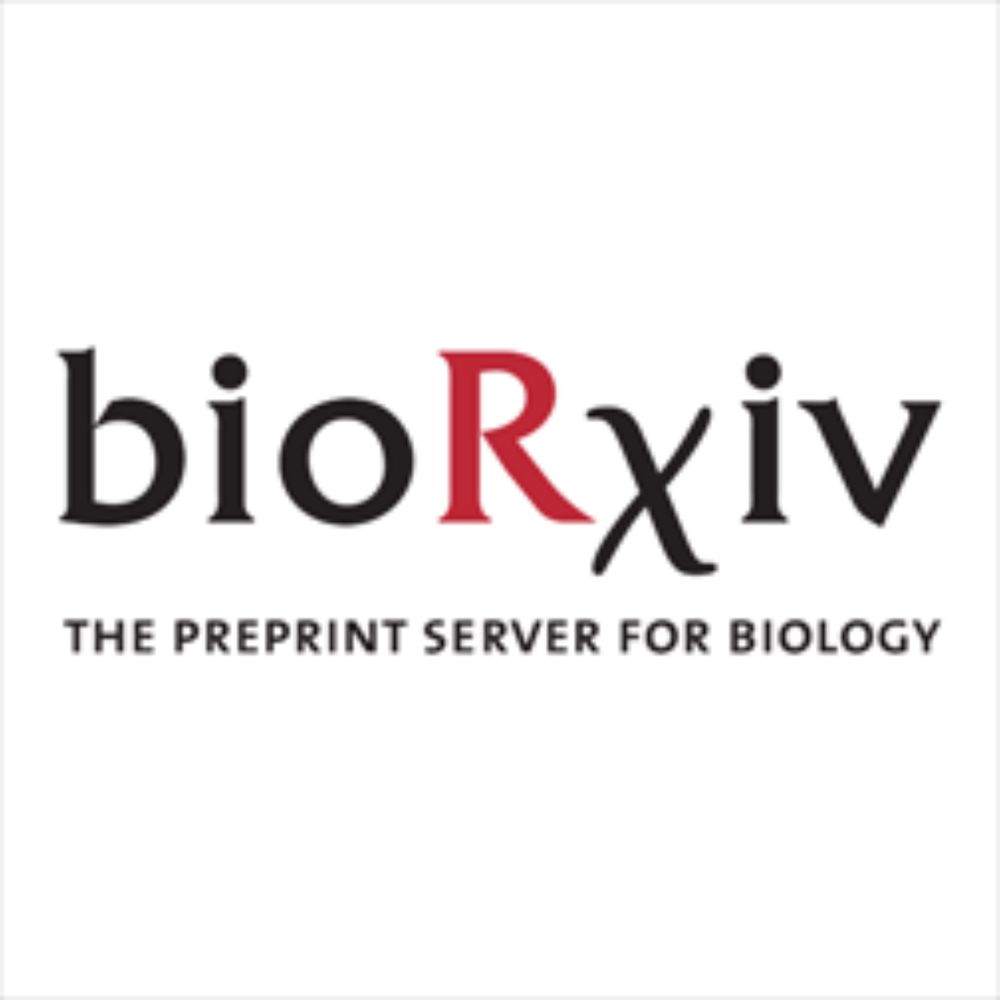
www.biorxiv.org/content/10.1...
